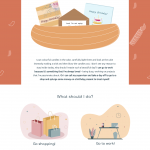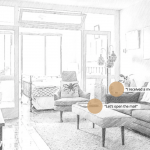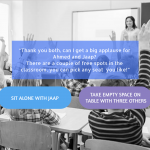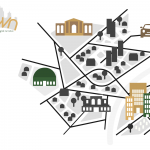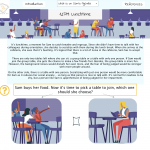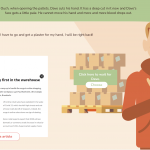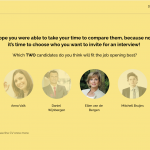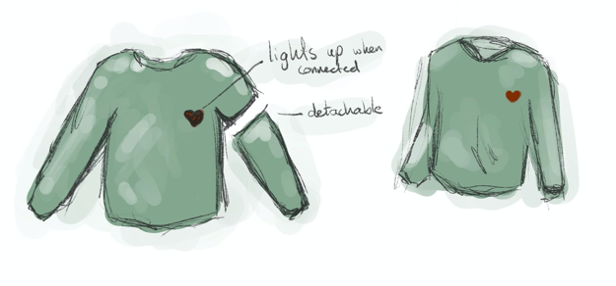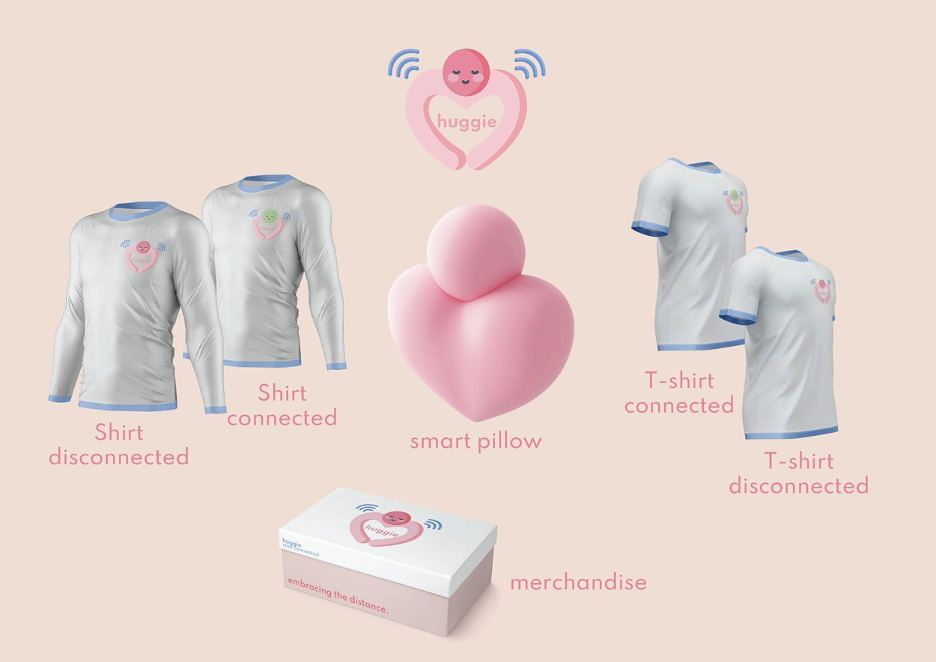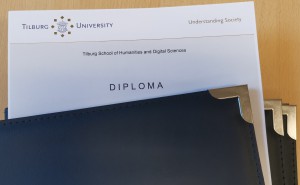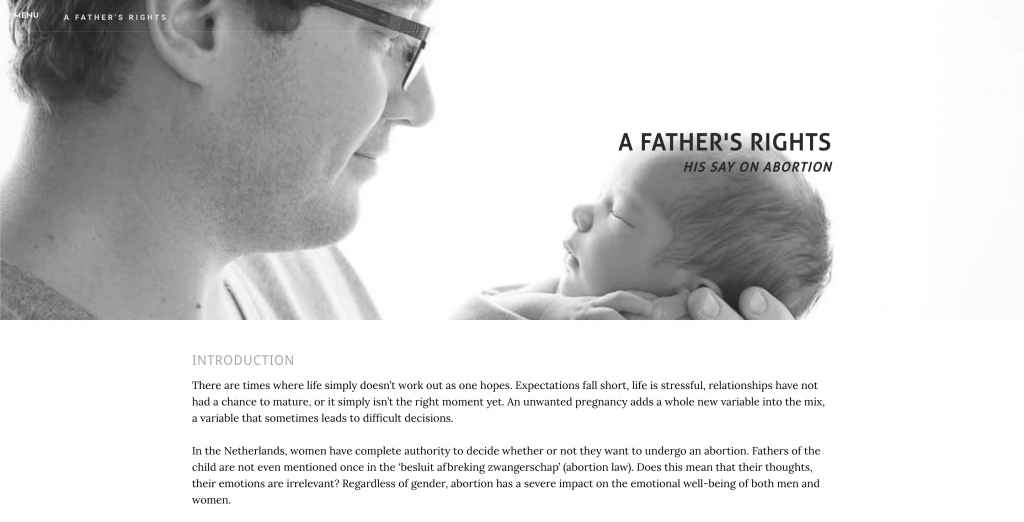By Renske van Enschot
In our Master course Interactive Storytelling, students create their own non-fiction interactive digital narratives. In these interactive narratives, readers become interactors who can engage with the characters, choose which storyline to follow, which perspectives to explore, et cetera. The design of the interactive narratives is justified by theories about the experience and effects of (interactive) narratives.
In the ’21-’22 edition of the course, the theme for all interactive digital narratives was diversity and inclusion. The students rose to the occasion and designed powerful interactive narratives on a diverse range of subtopics, from social anxiety to street intimidation to poverty. We proudly showcase some of the narratives below.
Are you sure and Eyes on me let you experience what it is like to suffer from social anxiety. How do you navigate school, friends, and party invites while dealing with anxiety?
Fading is about what it’s like to build and sustain a good relationship with a mother with evolving Alzheimer’s. Are you able to reconnect with your mother after she fails to recognize your face?
Blind spots allows the interactants to walk in the main character’s shoes to come to better understanding of how visual impairment affects people and their daily media usage. It is aimed to activate designers to create more inclusive designs for different websites and online platforms.
Between two worlds. The life of a CODA makes you realize what it is like to be a child of deaf parents.
Roll with me enables interactants to learn how to support a friend or family member in a wheelchair.
Summer camp and Two sides of the same coin focus on how poverty affects the daily lives of school children. You get to try out how to include poor children in everyday scenarios. A new face in class also aims at school children, discussing what it’s like to have a refugee in class.
It does(n’t) matter helps interactants realize what it’s like to be the victim of street intimidation and what the (limited) impact is of the choices that you make.
Open Your Eyes revolves around the increasingly common problem of discrimination at work. What it is like to work a shift as an Asian nurse in a Dutch hospital? During your day you will have some tough decisions to make, which will have a lasting effect on your stress level.
Diversity University enables you to spend a day in the shoes of an international student to see what issues they face and, more importantly, learn what you can do to make sure all nationalities feel welcome on campus.
Sparkside is all about pronouns. They can’t be seen from someone’s appearance or name, but they are crucial in expressing one’s identity. In this interactive narrative, you step into the footsteps of a teacher who tries to learn how to use pronouns correctly.
